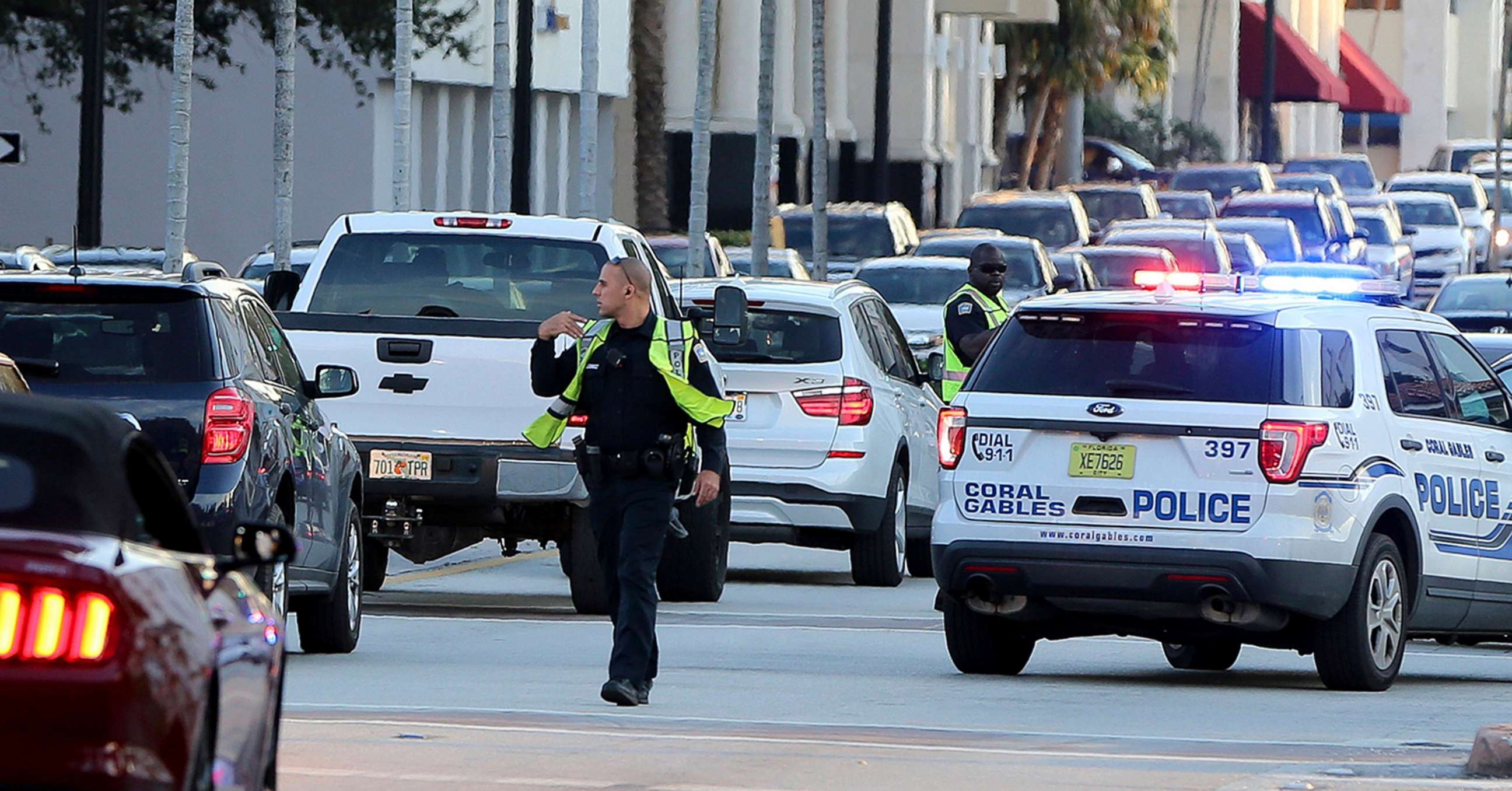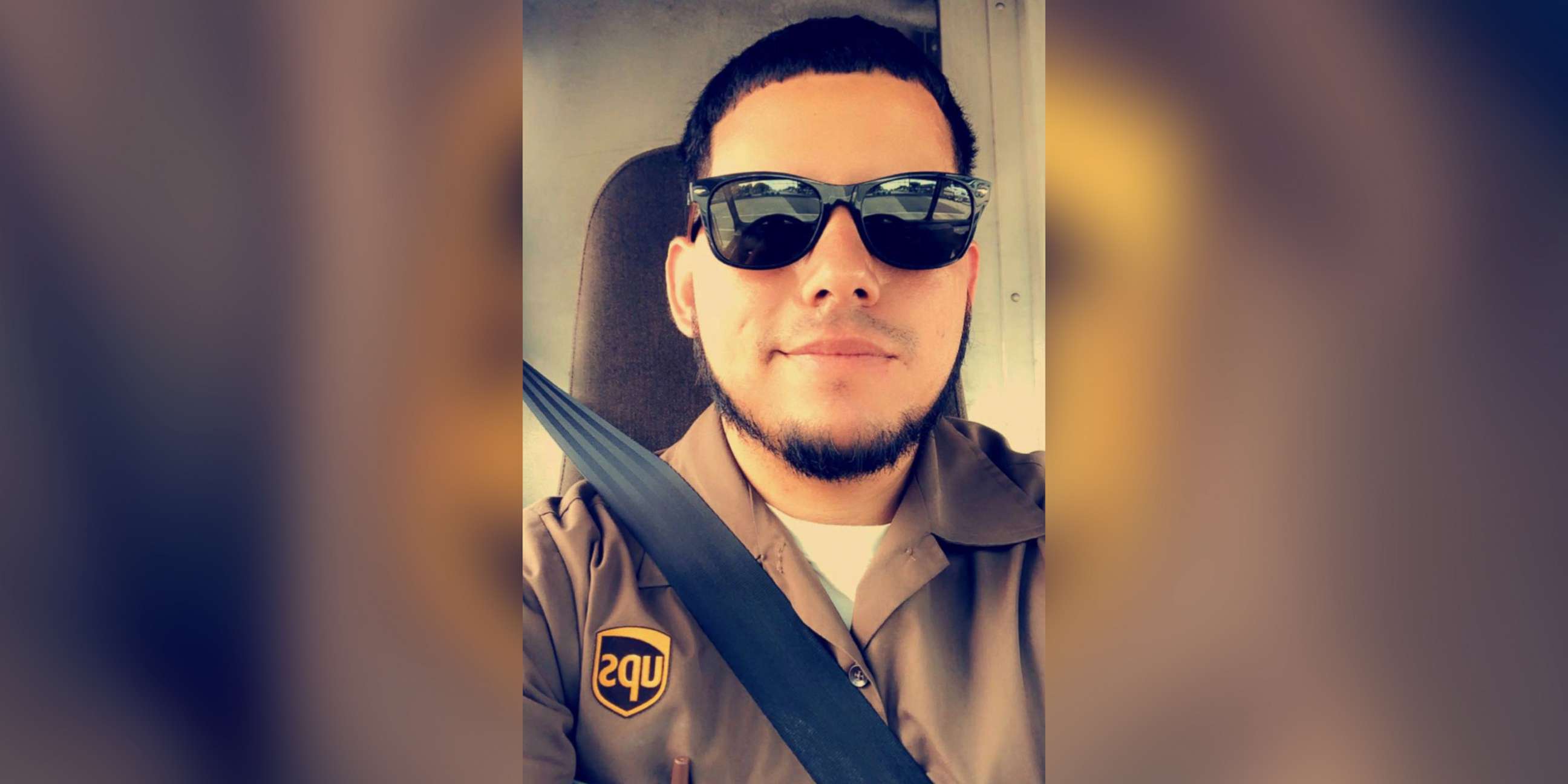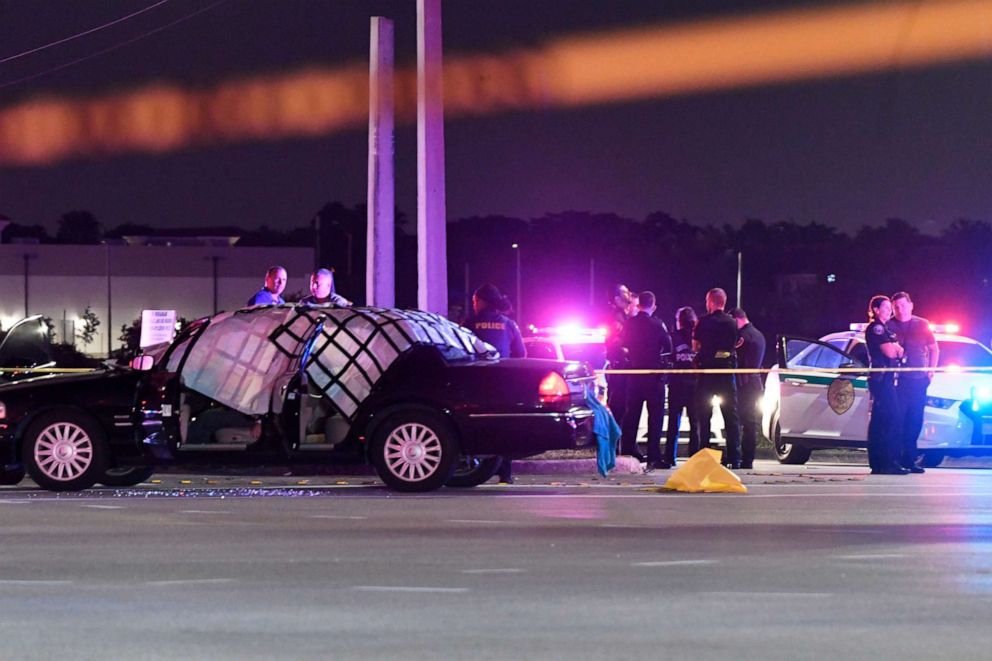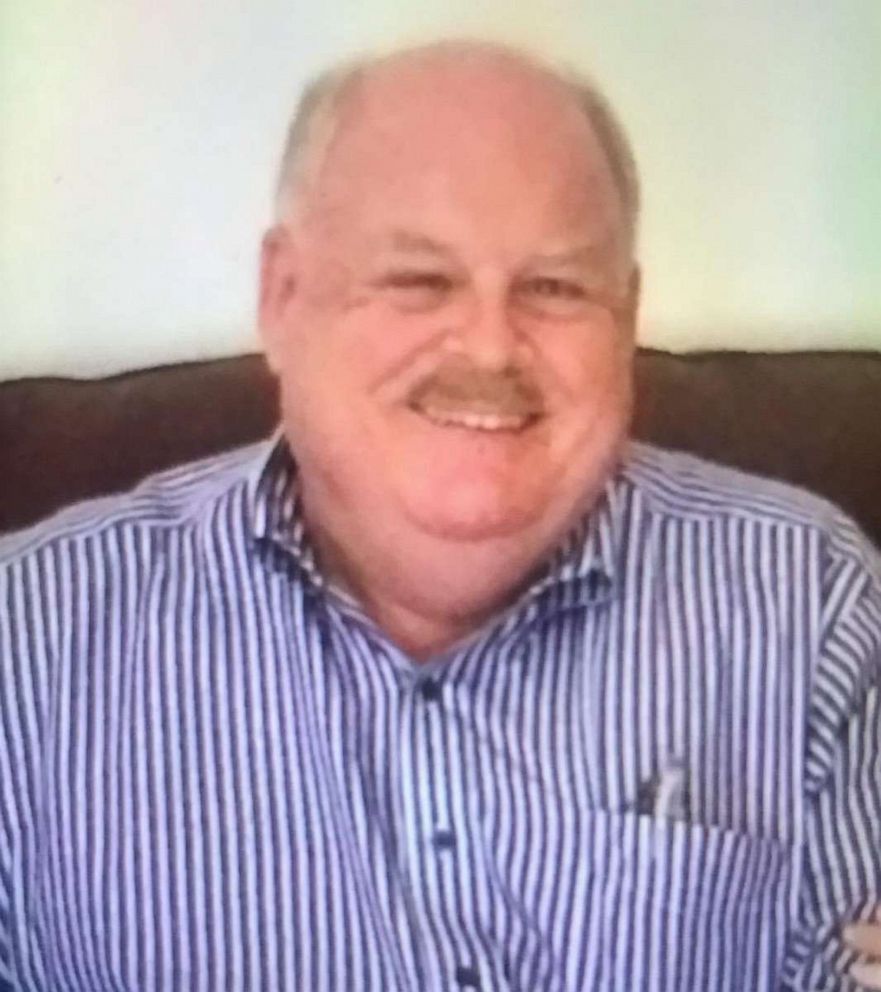Deaths of Florida civilians in police shootout call procedures into question
The shootout between police and two suspects left two innocent civilians dead.

On Dec. 5, as commuters made their way home during rush-hour traffic on a Florida highway, at least 18 officers and two suspected criminals unleashed a hail of bullets in a shootout that erupted after an attempted jewelry store robbery and truck hijacking.
Two civilians -- one who was taken hostage by the suspects and one who was sitting in his car amid the chaos -- were killed.
It has not yet been made public whether it was police bullets from the several agencies that responded or the suspects' that struck innocent victims UPS driver Frank Ordonez and Richard Cutshaw in his sedan.
An attorney representing Cutshaw's family likened the scene to "a war zone" and both victims' families were left dumbfounded as to how it could have unfolded.
Yet in interviews with former and current law enforcement officers, officials said incidents like this one are extremely difficult to prepare for and prevent, despite the toll they take on the families of those affected.
"These [incidents] are almost impossible to craft policy on," Robert Boyce, an ABC News contributor and retired NYPD chief of detectives, told ABC News in a recent telephone interview.
"I understand why the families are upset because they lost loved ones … but I don't think at the end of this they're gonna be able to craft a pursuit policy that crafts everything into it," Boyce said. "It's very difficult to do."

Jarrod Burguan, a retired San Bernardino police chief of 27 years, said that every officer who fired shots will have to account for each bullet they unloaded.
But beyond that, "what do you do in that particular situation? Do you not return fire because of a hostage in there?"
"You almost can't allow [the suspects] to intermittently fire with so many innocent people around," Burguan told ABC News in a telephone interview. "It's almost impossible."
Joe Merino, whose stepson, Ordonez, was taken hostage and then killed in the Florida incident, was struck by such a notion.
"Impossible? They train for these situations," Merino told ABC News.

"They need to revisit procedures," he said. "They need to revisit protocol."
Past incidents
Though rare, similar incidents have occurred before.
In August 2012, nine bystanders were wounded during a shooting at the Empire State Building. It was later determined that they had been wounded by New York City police.
The incident began when a man named Jeffrey Johnson shot his former co-worker at the office tower and tourist site. Officers responded and fired 16 times, producing 10 bullet holes on the gunman's body, according to officials at the time.
The bystanders had been hit by either bullets or fragments of bullets, the then-NYPD commissioner said. Johnson was shot and killed by police.
More recently, in Jersey City, New Jersey, a series of crimes led to another high-profile shooting, this time at a Jewish deli.
No civilians were shot by police in that incident, but an hours-long gun battle had broken out on the streets between cops and the suspects, who police said killed four people.
During the Dec. 10 shootout, at least one bullet pierced a window at the Sacred Heart School across the street from the kosher market, but no one at the school was injured.
Jersey City's Director of Public Safety James Shea said there had been “multiple other people on the streets” at the time.
The dramatic response to each incident provided different results, begging the question as to how and what protocol officers respond to under such difficult circumstances.
Protocol changes for active shooter situations
The protocol for how law enforcement should respond to active shooter situations changed in 1999, after 13 people were killed in the Columbine school shooting.
Before the shooting, "the conventional wisdom and tactics was, as much as possible, surround and contain," Burguan said, noting that such a policy creates a time delay as responding officers wait for a SWAT team.
"And in that time delay in Columbine is when they shot additional people," he said, adding that the response was then upended.
Officers now are expected to meet any threat and put themselves between the suspect and innocent people, according to Burguan.
Rod Skirvin, the president of Broward County Police Benevolent Association, the Florida county where the December shooting took place, said that's exactly what the officers who responded from five different police departments did.
He said in the preliminary investigations that his department has reviewed, "we know of no procedures that have been violated."

Skirvin noted that the two suspects, who were shot dead by police from one of the five responding departments, started firing first.
"The officers are placed in very dangerous situations that come at a very high personal risk and will always be second guessed and Monday morning quarterbacked after the fact," Skirvin told ABC News.
Burguan said only after an investigation into the shooting is complete will officials have a better understanding as to what happened.
The three main factors investigators will examine is if officers were justified in using deadly force; if teamwork, cover and communications were used in an appropriate way; and what training the officers had, according to Burguan.
"Any time you have a hostage involved or innocent people, you are always trained to be accountable for every round that came out of your gun," he said.

If officers fired because their partners were doing so and couldn't actually identify the threat -- an occurrence called "contagious fire" that Burguan said is fairly uncommon -- the procedures themselves could be "problematic."
Adrian Mendiondo, an attorney representing Cutshaw's family, said that while it wouldn't be possible for police to craft policies for every situation, they should have procedures in place for situations they often encounter.
"Every police officer can and should have policies in place to deal with pursuits, use of force, hostage situations and inter-agency communications," Mendiondo told ABC News.
He added that given how recent the events are, and the fact that no full investigation has been completed, there's no way to know exactly what procedure was or was not followed.
Skirvin noted that while every situation is different and tactics can change, the general procedure is to eliminate an active shooter if their intent is to harm or kill people. He did not specify exact procedures officers are to follow in doing so.
"We can't sit in a classroom and dictate every scenario or how it's going to play out," he said.
The FBI and FDLE are handling the investigation into the incident.
The FBI declined to comment because the investigation is ongoing.
A spokeswoman with the FDLE said their agency will focus on whether or not the officers involved committed any crimes by using deadly force. She said that because of how many agencies and officers are involved in the incident, it will take longer than the normal time frame of 6 months to a year.
The agencies involved were Coral Gables Police Department, Miramar Police Department, Pembroke Pines Police Department, Miami-Dade Police Department and Florida Highway Patrol.
A source familiar with the investigation told ABC News that authorities investigating this incident will be reviewing the entire sequence of events, including the pursuit, unlike most officer-involved shooting investigations that focus solely on the justification for the shooting itself.
Looking ahead, officials appeared wary to say the deadly Florida shooting will create sweeping policy changes like Columbine did.
According to Boyce, if anything, new measures may be created to better determine who is the lead agency in situations that cross city lines.
"You have to look at the whole thing in its entirety and that's what the FBI will do," he said.
When asked whether or not he thought the situation was handled properly from what he had seen, he said he couldn't yet say.
"I don't know how many rounds were fired," Boyce added, "but it seems like a lot."
ABC News' Aaron Katersky contributed to this report.




